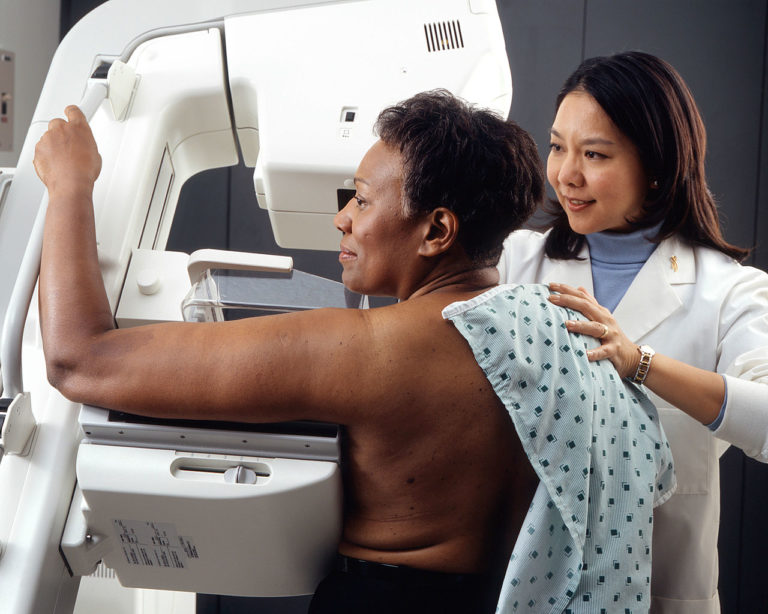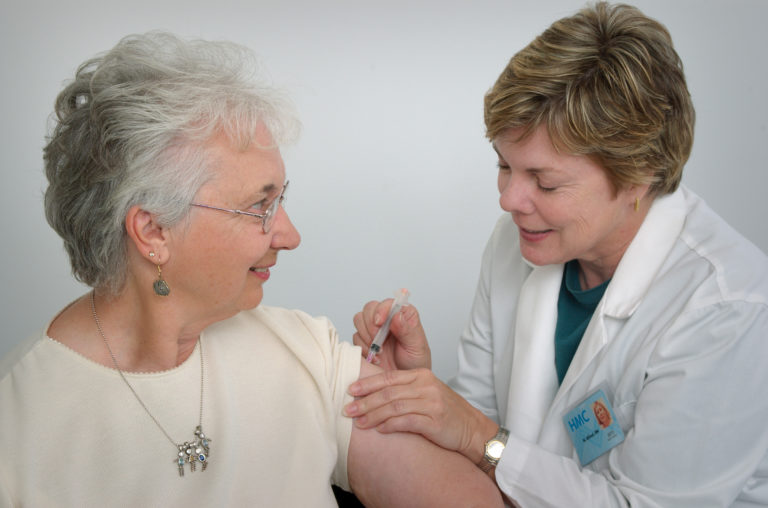Haj happens only once a year. India has a quota of 1,75,025 pilgrims for Haj 2024
Weeks before thousands of people from across the world are all set to descend on Saudi Arabia for the annual Haj pilgrimage, the US Centers of Disease Control and Prevention (CDC) have warned physicians against the risk of meningococcal infections linked to that middle eastern nation. Haj is going to happen between June 14 and 19.
The emergency preparedness and response alert from CDC said that since April 2024, 12 cases of meningococcal disease linked to KSA (Kingdom of Saudi Arabia) travel for Umrah have been reported to national public health agencies in the United States (5 cases), France (4 cases), and the United Kingdom (3 cases). Two cases were in children aged ≤18 years, four cases were in adults aged 18–44 years, four cases were in adults aged 45–64 years, and two cases were in adults aged 65 years or older. Ten cases were in patients who traveled to KSA, and two were in patients who had close contact with travelers to KSA. Umrah is a pilgrimage that can happen round the year. Haj happens only once a year. India has a quota of 1,75,025 pilgrims for Haj 2024.
“Healthcare providers should work with their patients considering travel to perform Hajj or Umrah to ensure that those aged one year or older have received a MenACWY conjugate vaccine within the last 5 years administered at least 10 days prior to arrival in KSA. Healthcare providers should also maintain increased suspicion for meningococcal disease in anyone presenting with symptoms of meningococcal disease after recent travel to KSA for Hajj or Umrah pilgrimage. U.S. health departments and healthcare providers should preferentially consider using rifampin, ceftriaxone, or azithromycin instead of ciprofloxacin for chemoprophylaxis of close contacts of meningococcal disease cases associated with travel to KSA,” CDC said. While the advisory is targeted mainly for people in the United States, the experience of the COVID19 pandemic means that global attention will now be on this advisory.
Meningococcal disease outbreaks have occurred previously in conjunction with mass gatherings including the Hajj pilgrimage. The most recent global outbreak of meningococcal disease associated with travel to KSA for Hajj was in 2000–2001











